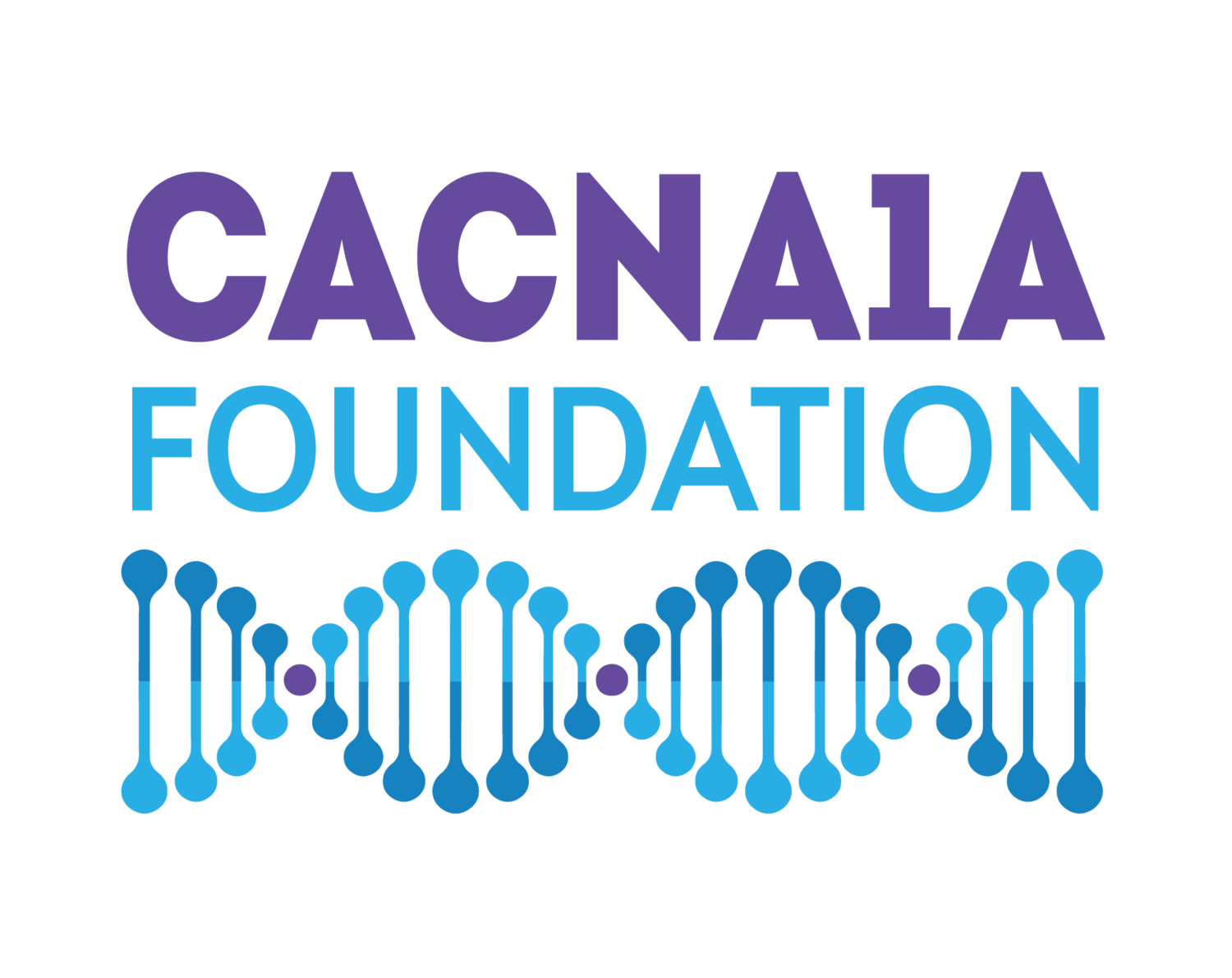Targeting disease mechanisms in CACNA1A disorders
$50,000 Grant | Awarded April 2021
Christopher M. Gomez, MD, PhD | Albina Y. Surbis Professor, Neurology, The University of Chicago; Committee on Genetics, Genomics and Systems Biology, The University of Chicago
Henry M. Colecraft, PhD | Professor, Departments of Physiology and Cellular Biophysics, and Pharmacology, Columbia University, College of Physicians and Surgeons
Abstract: A growing list of neurological disorders, including developmental delay, congenital, episodic or progressive ataxia, and epilepsy, have been attributed to mutations in the gene CACNA1A. CACNA1A encodes two proteins, the α1A subunit of the P/Q-type voltage-gated calcium channel, also called Cav2.1, and a smaller protein, the α1ACT transcription factor. The Cav2.1 subunit forms the channel pore through which calcium ions flow. The α1ACT transcription factor is critical for survival and neonatal cerebellar development. Although hundreds of mutations have been found in the CACNA1A gene, in general, these mutations may alter the function of the channel and affect the release of neurotransmitters and nerve cell communication or may affect the expression of the α1ACT transcription factor needed for cerebellar development.
Our central hypothesis is that the neurological consequences of mutations in the CACNA1A gene result from their effects on the interaction of the two CACNA1A-encoded proteins with each other or with neurons and neural circuits throughout brain development and normal functioning. In this collaborative project, we test the effects of some of these CACNA1A patient mutations expressed in mouse brains. We propose to explore the subcellular distribution of endogenous mouse α1ACT in these mice and explore the regulation of the genes under the control of α1ACT in these CACNA1A mutant mice. We will also test whether transgenic expression of α1ACT in these mice corrects the neurological abnormalities and normalizes the gene expression patterns. Clarifying the effects on ionic currents and gene activation will enable novel correlations with the neurological phenotype of the patients.
Dr. Gomez has worked in the field of genetic cerebellar and neuromuscular disorders for more than 25 years and has over 20 years of expertise in the diagnosis and treatment of patients with diverse forms of degenerative ataxia. His long-term goals are to help characterize the pathogenic mechanisms that cause ataxia, develop treatments and identify disease and stage-specific biomarkers of ataxia.
Since 1993, in his laboratory work, he has been involved in the genetic, phenotypic, and genotype-phenotype and studies of patients with a wide range of ataxia types. He helped characterize spinocerebellar ataxia type 6 (SCA6) and episodic ataxia type 2 (EA2) at the molecular and clinical levels and discovered the genetic mechanisms underlying SCA6 and SCA26. In 2013 he and colleagues made the paradigm-shifting finding that the gene responsible for SCA6, CACNA1A, is actually bicistronic and produces two functionally distinct proteins. The protein responsible for SCA6 is a novel transcription factor arising from a second cistron within the CACNA1A, known previously to express only the voltage-gated calcium channel. Using this information, they have now developed virally-mediated, transgenic and human neuron-mediated preclinical models of SCA6.
They have initiated three separate treatment avenues that target the CACNA1A IRES as treatments for SCA6, and have provided powerful evidence that suppression of the disease gene in SCA6 will be safe and tolerated.
Dr. Colecraft started his independent lab in 2001 and has been continuously funded by the NIH over this period of time on projects related to the regulation of ion channels that underlie the electrical activity of neurons and cardiac myocytes. His lab has made seminal contributions to the current understanding of mechanisms underlying the regulation of CaV1/CaV2 channels by auxiliary β subunits, small G-proteins, and protein kinase A. His group’s main contributions to science have come in four areas: (1) Structure-function mechanisms of CaV channel modulation by auxiliary β subunits; (2) Structure-function mechanisms of CaV channel modulation by small G- proteins; (3) Design and development of novel genetically encoded CaV channel inhibitors; (4) Reverse engineering ion channels in heart to determine their physiological functions and disease mechanisms. He has an active research program focused on understanding mechanisms underlying CACNA1A-linked neurological disorders and discovering new molecular treatments for these diseases.


